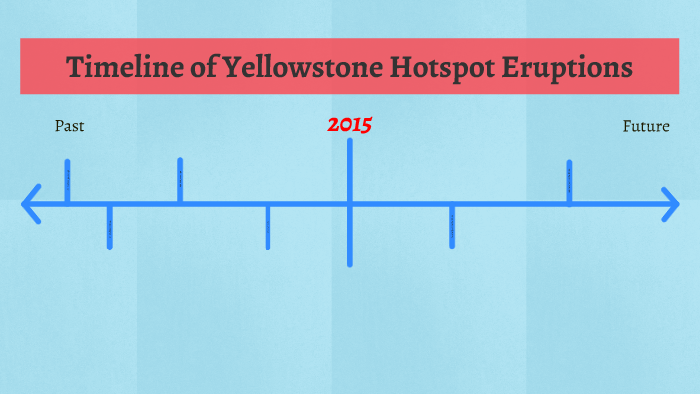Unveiling the Fury of Mount Etna - Europe's Most Active Volcano
Introduction to Mount Etna
Located on the eastern coast of Sicily, Italy, Mount Etna is one of the most active volcanoes worldwide. Its majestic presence has been a source of fascination for centuries, captivating the imagination of scientists, tourists, and locals alike. Standing tall at 11,000 feet, it's Europe's highest volcano and a UNESCO World Heritage Site, recognized for its exceptional natural beauty and cultural significance.
Mount Etna's unique location in the Mediterranean, where the African and Eurasian tectonic plates meet, contributes to its remarkable volcanic activity. This geologically dynamic setting has shaped the region's landscape over millions of years, creating a diverse and ever-changing environment that supports a wide range of flora and fauna.
As one of the most active volcanoes globally, Mount Etna has been erupting for over 3,500 years, with records of its activity dating back to 1500 BCE. Its frequent eruptions have not only shaped the surrounding landscape but also had a significant impact on the local culture, influencing the mythology, art, and traditions of the region.
Eruptions and Volcanic Activity
Mount Etna, Europe's most active volcano, has been unleashing its fury for several weeks, causing significant disruptions in flights and daily life. The recent bout of volcanic activity began at approximately 3:20 am local time, with moderate eruptions spewing from the Voragine crater.
The intensity of the eruptions has been characterized by a spectacular 'lava fountain,' as reported by Italy's National Institute of Geophysics and Volcanology. This phenomenon occurs when magma is ejected from the crater, creating a fountain-like effect due to the pressure and velocity of the molten rock.
The ongoing eruptions have resulted in a significant amount of ash and smoke being released into the atmosphere, posing a threat to air travel and local communities. Authorities have been closely monitoring the situation, providing updates and guidance to ensure public safety.
The volcanic activity at Mount Etna serves as a poignant reminder of the awe-inspiring power of geological forces and the importance of continued monitoring and research to better understand and prepare for such events.
Impact on Flights and Tourism
Mount Etna's fury has a significant impact on flights and tourism in the region. Volcanic ash and smoke halted flights at Catania airport for most of the day, causing disruptions to air travel and affecting passengers' plans. The airport, which is a key entry point for tourists visiting the region, was forced to temporarily suspend operations due to the hazardous conditions.
Despite the disruptions, Mount Etna remains a popular tourist attraction, with thousands of visitors every year. The volcano's majestic presence and breathtaking landscapes continue to draw in adventure seekers and nature lovers. However, the recent activity serves as a reminder of the potential risks and uncertainties associated with visiting an active volcano.
Tour operators and local authorities are taking necessary precautions to ensure visitor safety, providing guidance on safe zones and evacuation procedures. Visitors are advised to stay informed about the latest developments and follow instructions from local authorities to minimize risks.
The impact on tourism is a reminder of the delicate balance between appreciating nature's wonders and respecting its power. As Mount Etna continues to fascinate and inspire, it's essential to prioritize safety and responsible tourism practices.
Geological Significance and Etymology
Mount Etna, a behemoth of geological wonder, sits atop the convergent plate margin between the African Plate and the Eurasian Plate. This unique positioning has led to the volcano's remarkable activity, making it Europe's most active volcano. The region's tectonic dynamics have created a hotspot for volcanic activity, with Mount Etna being the most prominent manifestation.
The origin of the name 'Etna' is steeped in history and linguistic intrigue. The name is derived from the Greek word 'aithṓ', meaning 'I burn', or the Phoenician word 'attuna', meaning 'furnace' or 'chimney'. This etymological heritage reflects the volcano's fiery nature and its ability to inspire awe and reverence in those who behold it.
Visiting Mount Etna: Tips and Essentials
Mount Etna, Europe's most active volcano, is a must-visit destination for adventure seekers and nature lovers. Located in Sicily, Italy, this majestic volcano offers a unique and unforgettable experience. Here are some tips and essentials to help you plan your visit:
Getting There
The most common route to visit Mount Etna is through the road that passes through the towns of Catania and Messina. Visitors can take a bus or drive from these towns to the foot of the volcano.
Exploring the Volcano
Visitors can explore the volcano's craters, lava flows, and scenic landscapes. The most popular routes include the ascent to the summit craters and the exploration of the Valle del Bove, a vast valley surrounded by lava flows.
Essentials
- Comfortable hiking shoes and clothing
- Water and snacks
- Sunscreen and a hat
- A light jacket or sweater (it can get chilly at higher elevations)
- A camera to capture the breathtaking views
Guided Tours
Visitors can choose from a variety of guided tours, ranging from easy walks to more challenging hikes. Guided tours provide valuable insights into the volcano's history, geology, and ecosystems.
Safety
Visitors should always follow safety guidelines and instructions provided by local authorities and guides. It's essential to stay on designated paths and avoid taking unnecessary risks.
Conclusion: The Awe-Inspiring Power of Mount Etna
Mount Etna's ongoing eruptions are a testament to the awe-inspiring power of nature. This majestic volcano has been mesmerizing the world with its fiery displays for centuries, and its allure shows no signs of fading. As we conclude our journey to unveil the fury of Mount Etna, we are reminded of the profound impact this natural wonder has on our lives.
This iconic volcano continues to fascinate scientists, tourists, and locals alike. Its constant activity sparks curiosity, inspires research, and fuels our appreciation for the raw energy that shapes our planet. Mount Etna's enduring presence is a poignant reminder of the forces that have sculpted our world and continue to shape it today.
As we gaze upon the snow-capped peak, the glowing lava flows, and the majestic landscape surrounding this European giant, we are humbled by the realization that Mount Etna's power is a double-edged sword. It brings both destruction and creation, chaos and beauty, reminding us of the delicate balance that exists within our ecosystem.
In the face of such awe-inspiring power, we are compelled to acknowledge our place within the natural world. Mount Etna's fury and beauty serve as a poignant reminder of the importance of respecting, preserving, and honoring the incredible forces that shape our world.











Comments ()